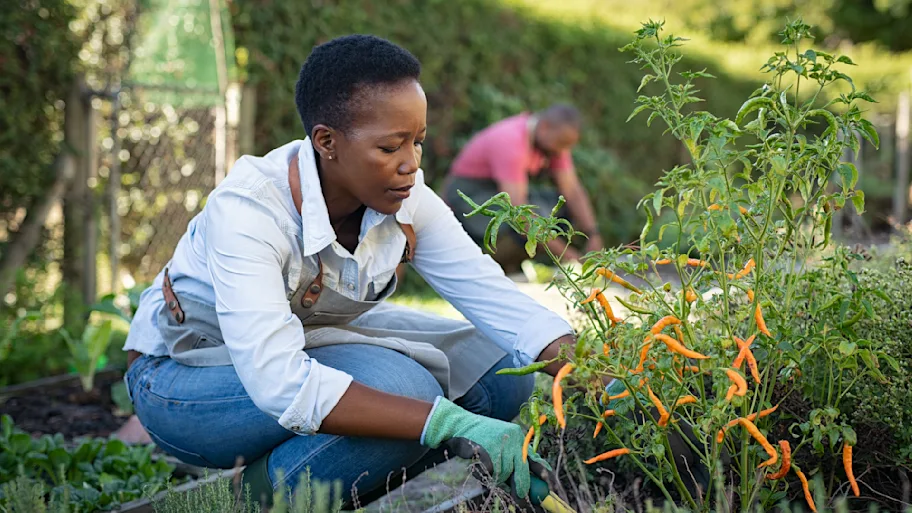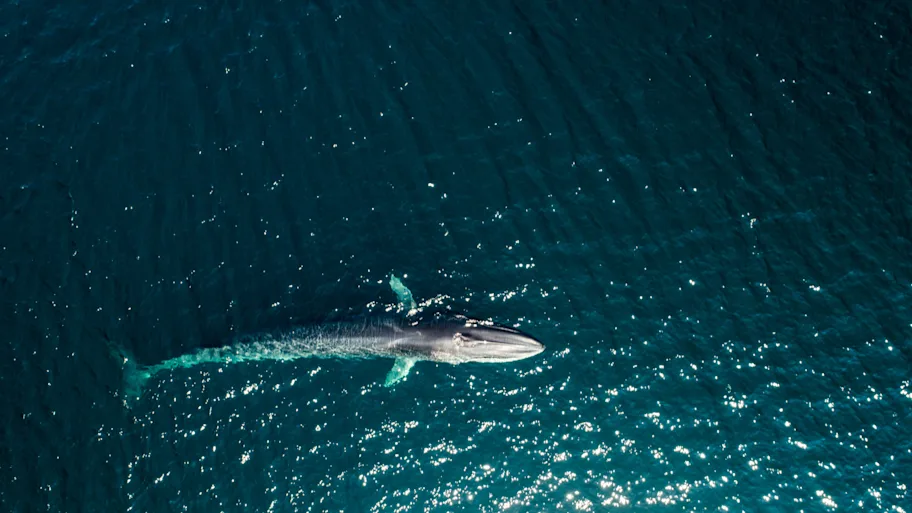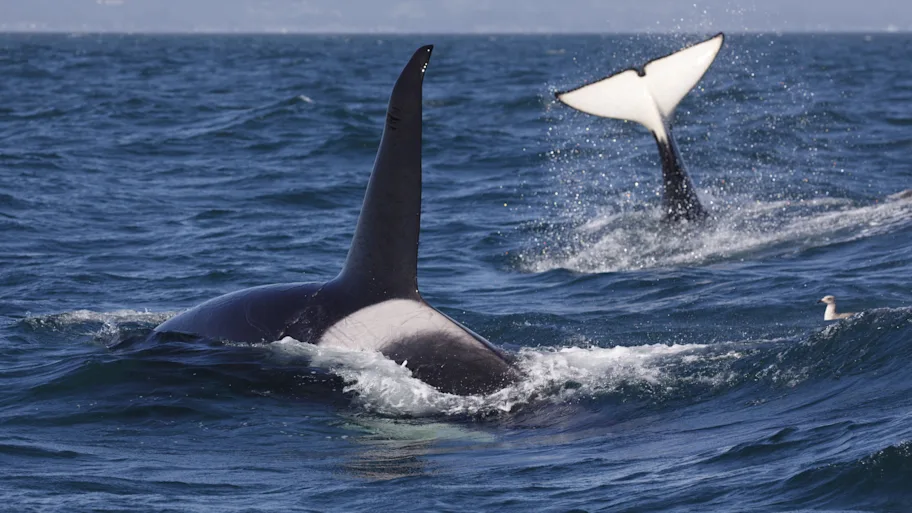
- Science news
- Environment
- Scientists eavesdrop on minke whale ‘boing’ calls in Hawai’i, and 4 other articles you don’t want to miss
Scientists eavesdrop on minke whale ‘boing’ calls in Hawai’i, and 4 other articles you don’t want to miss
By Angharad Brewer Gillham, Frontiers science writer

Image: Annie Leblanc/Shutterstock.com
At Frontiers, we bring some of the world’s best research to a global audience. But with tens of thousands of articles published each year, many often fly under the radar. Here are just five amazing papers you may have missed.
Scientists eavesdrop on minke whale conversations in Hawai’i
Scientists writing in Frontiers in Marine Science used hydrophones to study hard-to-spot minke whales in Hawai’i, learning that they use their ‘boing’ calls more frequently when they are close to other members of the same species. Minke whales who visit this area are hard to study because they are small, solitary, and visit outside the times when most ship-based surveys are conducted. Passive acoustic monitoring, using hydrophones mounted on the sea bed, allows scientists to listen in on whales all year round.
The authors used 47 hydrophones to record thousands of calls between 2012 and 2017. These calls were analyzed to detect individual whales and monitor their behavior in the study area. The minke whales used their ‘boing’ calls only between fall and spring, and called more rapidly when other minke whales were nearby.
Because minke whales are so enigmatic, it isn’t possible to be sure why they do this. However, the authors suggested that the calls may be territorial or social, letting other whales know that the calling individuals are in the area or searching for mates.
Article link: https://www.frontiersin.org/articles/10.3389/fmars.2022.897298/full
Microplastics that make plants grow differently
Tiny microplastics less than 5mm long pollute the soil all over the world, with lasting effects for our environment that we’re only just beginning to understand. Dr Yudi Lozano and Dr Matthias Rillig published a study in Frontiers in Plant Science showing that different microplastics change the growth of plants’ roots and shoots in different ways.
Microplastics are classified as foams, fragments, fibers, and films, and can affect the soil both by their size and shape – which can change the soil’s properties by changing the way it holds water – and by the chemicals they are made up of, which can be toxic. These changes to the soil have the potential to change the environment so that some plants are unable to flourish while others thrive, damaging delicate ecosystems.
Experiments on Daucus carota (a species of wild carrot) and Calamagrostis epigejos (a kind of wild grass) showed that foams and fragments in the soil made the wild carrot shoots grow larger, while fibers led to smaller roots in both plants, probably because they improved conditions for pathogens in the soil. Roots became more dense no matter which microplastics were introduced to the soil, but the greatest increase in density was seen when plants were exposed to microplastic fibers. The authors suggest that the microplastics affected the soil’s capacity to hold water and support pathogens, with knock-on effects for the plants growing in the soil.
The wild grass, a species which is expanding its range, was less negatively affected than the native wild carrot, which means it could potentially outcompete native plants where the soil contains microplastics. These results remind us that pollutants we can barely see have a profound effect on the natural world, and could have important consequences for our ecosystems.
Article link: https://www.frontiersin.org/articles/10.3389/fpls.2022.965576/full
The bacteria in your gut may protect you from severe Covid-19
Anti-inflammatory gut bacteria may protect against serious Covid-19 infections, according to a new study in Frontiers in Cellular and Infection Microbiology. Scientists investigated the association between gut microbiomes in different countries and the rate of hospitalization with Covid-19, and found that the presence of anti-inflammatory bacteria is strongly associated with a low rate of hospitalization, while the presence of pro-inflammatory bacteria is associated with a high rate of hospitalization.
The authors cautioned that these results require further investigation, as there are several potential confounding factors (such as the proportion of individuals aged over 70 in a population and the GDP of a country) which influence the gut microbiome as well as the risk of serious Covid-19. However, the study strongly suggests the potential for future research which will disentangle these associations and determine if probiotics and dietary interventions can be proactively used to protect against severe Covid-19 infection.Article link: https://www.frontiersin.org/articles/10.3389/fcimb.2022.963338/full
To infinity and beyond: elderly people could benefit from astronaut exercises
A Canadian team writing in Frontiers in Physiology has found evidence that elderly people who have experienced bedrest may benefit from exercise interventions used to help astronauts recover from microgravity. The researchers, based at the University of Waterloo and McGill University, used similarities between experimental models for health during spaceflight and health interventions for elderly people on Earth to investigate possible new rehabilitation techniques for ageing patients. Bedrest is often used to simulate the effects of microgravity, but it also mimics the experiences of patients during prolonged hospitalization.
The authors found that exercise countermeasures are effective in bedrest studies aimed at astronauts, and have the potential to be just as effective for older adults, who lose muscle very quickly, but are understudied in these patients. The authors outlined a plan for investigating exercise measures used to support astronauts as a means of supporting older patients and helping them to maintain their health and independence into old age.Article link: https://www.frontiersin.org/articles/10.3389/fphys.2022.928313/full
How exercise helps your heart cells survive
We all know that exercise is good for our hearts, but a new study shows just how working out reduces excessive cardiac cell apoptosis – a leading cause of cardiac deaths. Dr Hamed Alizadeh Pahlavani of Farhangian University, writing in Frontiers in Cell and Developmental Biology, explored the pathways that exercise activates on a cellular level to stop our heart cells from dying too quickly.
Moderate exercise increases the expression of proteins that protect against cell death in your heart, and decreases the activity of proteins that increase the frequency of cell death. Exercise increases the demand for oxygen and blood supply to the heart, helping cardiac cells grow and multiply, and activates enzymes that have a protective effect in mice recovering from heart attacks. Understanding how these processes work on a cellular level means we can target effective interventions against heart disease and protect everyone’s heart health.
Pahlavani pointed out that the effect of exercise on several proteins that may also protect against cell apoptosis in the heart is understudied, and that the interaction between exercise and additional interventions like diet or gene therapy may offer more treatment options to cut the burden of death by heart disease.
Article link: https://www.frontiersin.org/articles/10.3389/fcell.2022.950927/full
REPUBLISHING GUIDELINES: Open access and sharing research is part of Frontiers’ mission. Unless otherwise noted, you can republish articles posted in the Frontiers news site — as long as you include a link back to the original research. Selling the articles is not allowed.






